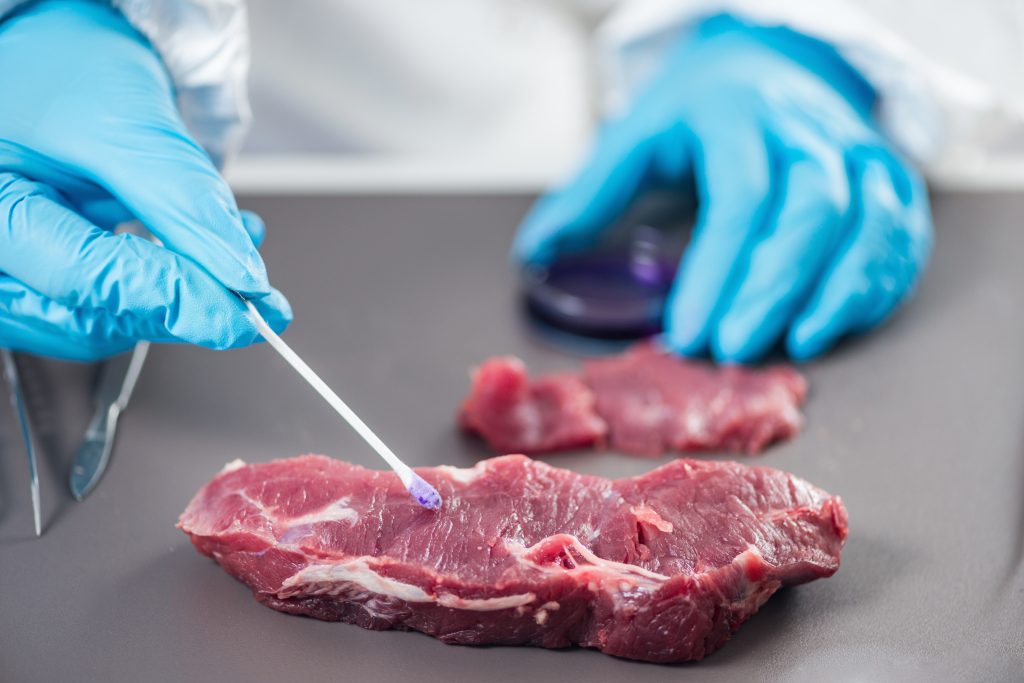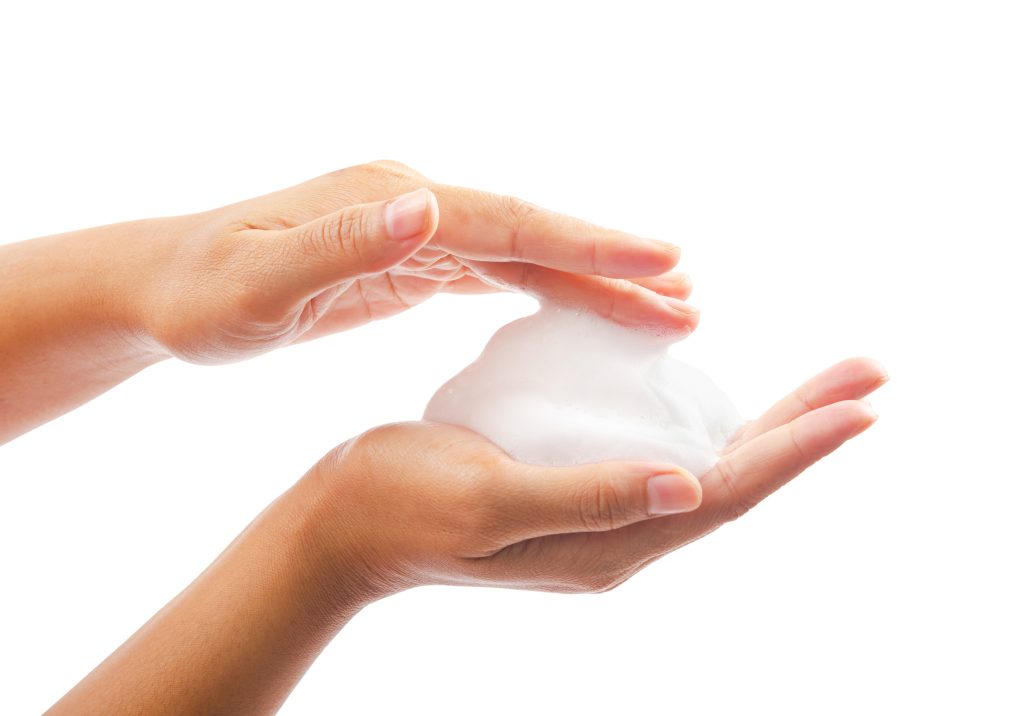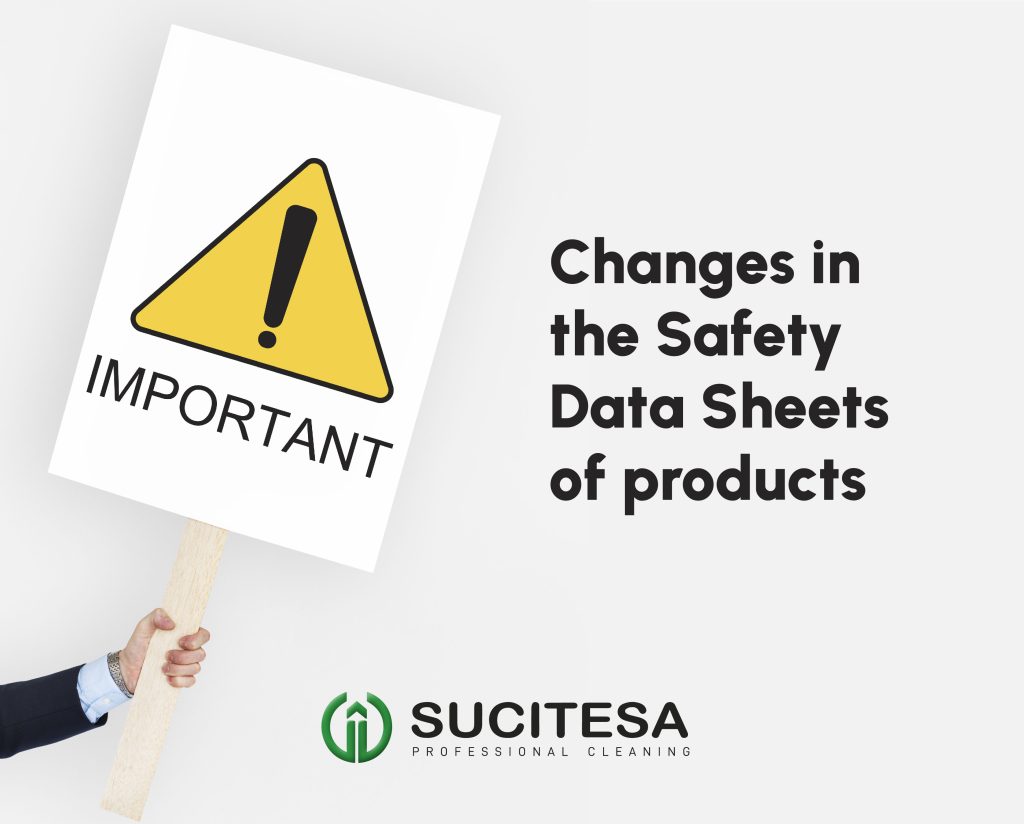Stainless steel objects and surfaces are beautiful, modern, durable. In terms of hygiene, it is a compact, non-porous material, easy to clean and disinfect, which is why it is widely used in the hygienic design of food industries, both at the level of industrial machinery and in circuits, tanks and surfaces in direct contact with food to reduce or eliminate potential sources of food contamination.
What is stainless steel?
Stainless steel is an alloy of two elements, iron and carbon, containing a minimum of 10.5% chromium. Chromium has a great affinity for oxygen in the environment so that it is capable of “capturing” it and reacting with it, forming a protective layer or film on the material that prevents it from oxidizing.
Depending on their composition and properties, there are many different stainless steels on the market, these types are called GRADES.
We must select the Grade of stainless steel depending on the properties that we want to obtain, for example chemical resistance, resistance to very high temperatures or pressure, etc.
Food grade stainless steel
An international nomenclature called SAE-AISI is used to classify the different types of stainless steel and alloys.
We must know in our sector there are regulations or requirements that stainless steel must meet. In the case of food grade stainless steel, at European level Regulation 21935/2004 / CE defines the requirements that the material must meet to make it suitable for being in contact with food.
The most common are SAE 304 in the case of pots, pans and 316 or surgical grade in the case of tanks, pipes, furniture, machinery, etc.
Tricks so that stainless steel does not rust
Once we know what stainless steel is, the types that exist on the market and if any specific regulations must be met, we must bear in mind that to keep it in perfect condition we must use cleaning products specially formulated to preserve that protective layer and thus avoid oxidation.
Surfaces in direct contact with food: we must use a fast drying stainless steel polish cleaner that does not leave residues AQUAGEN INOX FOAM. To make surfaces shiny like a mirror, it is recommended to apply the product and rub with a high quality professional microfiber cloth or cloth MICROWIPER MULTI until a homogeneous shine is obtained.
General surfaces such as railings, elevator doors, kitchen hood, kitchen furniture, etc. apply a chemical polish based on a mixture of PULIGEN SHINE INOX oils that forms a protective film that repels water and eliminates fingerprints. The trick is to apply a very small amount of product, spread it well over the entire surface with a high-quality professional microfiber cloth or MICROWIPER MULTI cloth and let it dry.







